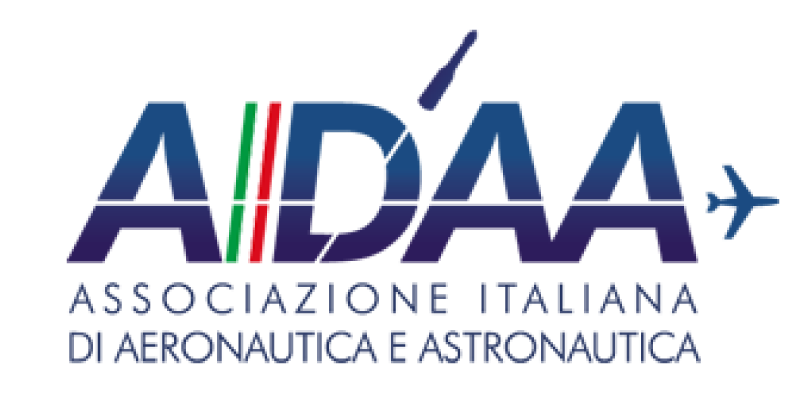Overview and General Information:
In order to use space for scientific and commercial purposes it is necessary to understand the Low Earth Orbit (LEO) space environment where most of the activities are now, and will be in the future, carried out. LEO environment includes severe hazards such as Atomic Oxygen (AO), Ultraviolet (UV) Radiation, Ionizing Radiation, High Vacuum, Plasma, Micrometeoroids and Debris, Severe Temperature Cycles and, for some systems, the Re-Entry Environment. It is important to note that these environmental characteristics do affect the space systems, the materials and the structures at the same time, with a remarkable synergistic effect. In order to understand these synergistic effects, whether experimental or theoretical and numerical approaches are of essential importance, as the comprehension of the operative environment becomes a key point to extend operative life of satellites and structures and to withstand aggressive conditions.
The course is based on the analysis of the physics of Space Environment and it is completed with an in-depth analysis of both ground testing methods and the validation of experimental tests according to current regulations given by the major agencies as ESA and NASA.
Syllabus
- Part 1: Physics of the Space Environment (2 hours)
- Part 2: Test Technology, Ground-Test Facilities (2 hours)
- Part 3: Experimental Validation (2 hours)
Learning Objectives:
Aim of the course is to give to the attendee the instruments to understand both the Space Environment and the related techniques for Environmental Tests on Space Systems, Materials and Structures.
Target audience
The course is dedicated to Ph.D students, non-academic professionals and undergraduate students.
> Download Course Brochure
Participation
You need to buy one of the package list available here and use the Order ID assigned to you after purchase.
You need to Login for registration.













